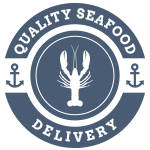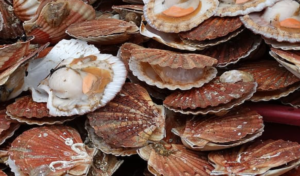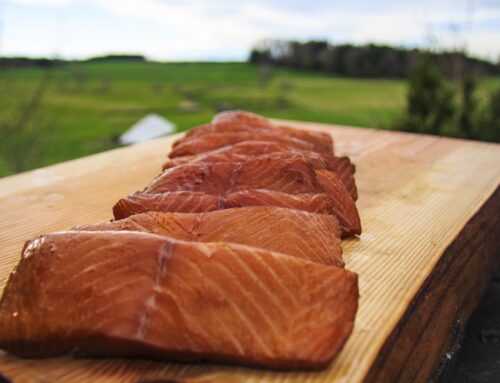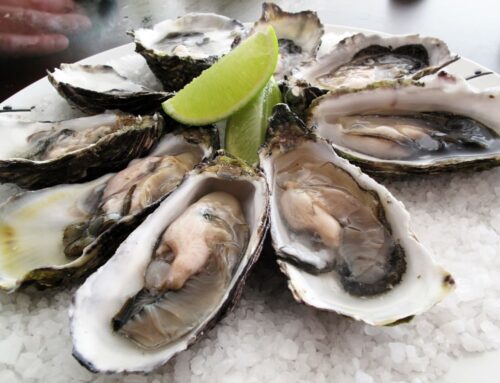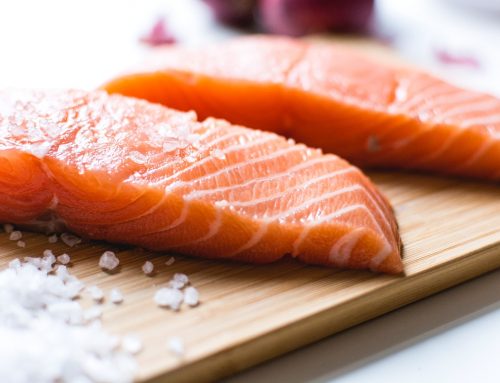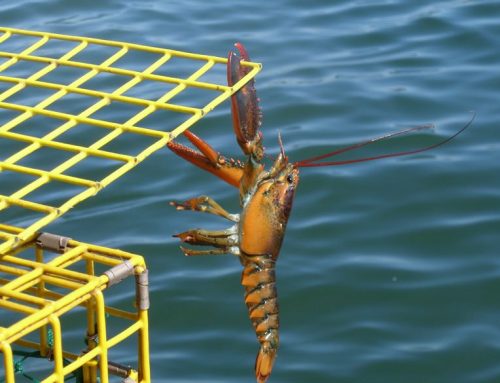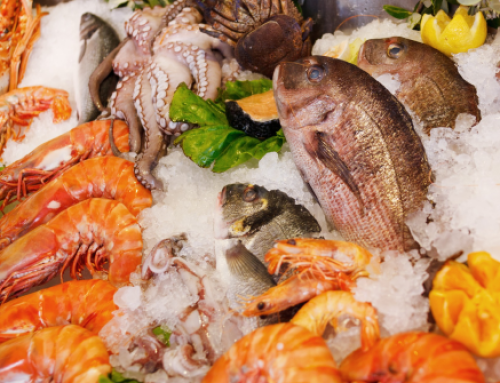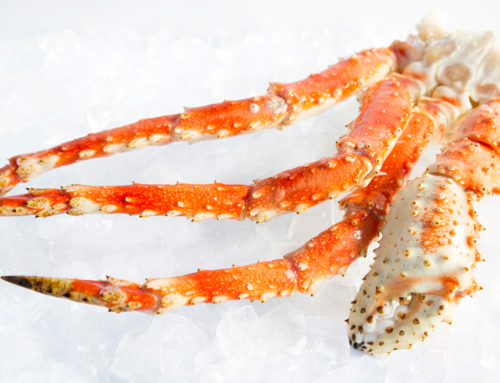Sustainable scallop farming is gearing up to take center stage in Maine’s seafood industry. An aquatic sea scallop farm typically numbers in the hundreds of thousands, with the potential for huge catch. These tasty bivalves are a profitable and sustainable alternative in the aquaculture industry.
Doubters might touch on aquaculture’s less-than-favorable reputation, with past incidences of pollution, diminished wild populations, and increased pressure on fisheries. However, smaller aquatic farms with a focus on sustainability rarely have the same negative impact.
The United States has a small number of sea scallop farms, most of which are in Maine. Fishing families looking for new inspiration are turning to sustainable scallop farming as a way to maintain family businesses with an eye for profits and the environment.
Environmental Benefits of Scallop Farming
Sustainable scallop farming can actually have a positive impact on the surrounding area.
Bivalves help to keep water clean by filtering out harmful chemicals and pathogens, a huge benefit to the aquatic farm and its neighboring habitats.
Hurricane Island Center for Science and Leadership is examining the possibility that scallops could reinforce wild scallop populations near the aquatic farm. Farmed oyster populations do something similar. Scallops spawn in a broadcasting fashion, which means female and male scallops release sperm and eggs into the water and leave fertilization to chance. There is a possibility that embryos float outside the aquatic farm’s perimeter and increase the number of wild scallops.
Scallops are a zero-input catch, which means that scallops do not need fertilizers, fresh water, or arable land to grow. Bivalves do not require any human-led feeding at all, as they survive on naturally-occurring phytoplankton in the sea.
Farmed vs. Wild Scallops
The intent of scallop aquaculture is not to out-compete the wild scallop industry. Sustainable scallop farming can supplement the wild scallop market.
Wild and farmed sea scallops have exactly the same flavor: very sweet with an umami flavor.
Maine’s deep, cold waters are perfectly suited for scallop farming and give the scallops a delicious briny taste.
Markets can sell farmed scallops in the shell because their habitats are routinely tested for biotoxins. Wild scallops might have bacterial contamination, so they are shucked prior to being sold.
Scallop Farm Development Takes Time
As demand for sea scallops increases, the supply follows suit a bit slower. Scallops take about three years to reach full size, which means scallop farms take lots of time and money to see profit returns. Farming for sea scallops is also quite labor intensive.
Scallop farming is extremely profitable, especially when compared to other high-priced seafood items. In 2019, the Maine seafood industry sold $637 million worth of lobsters, and scallops were not far behind at $569 million.
Japan’s mature sea scallop farming industry has had a huge influence on the strategy and technology of Maine’s scallop aquaculture. A newly-acquired Japanese machine helps Hollander and de Koning, a family-operated bivalve farm, pin approximately 6,000 scallops a day. This number is three times more than what the family could handle by hand. Seafood-lovers should expect a huge uptick in North American sustainable scallop farming at a reasonable industry pace.
